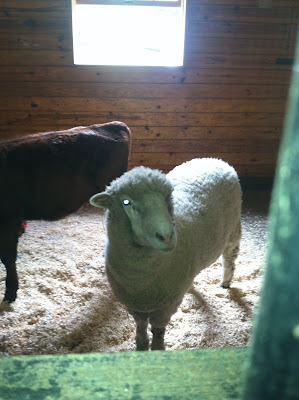Week 5 was all about energy, both non-renewable (fossil fuels) and renewable (hydro, wind, solar, biofuel, etc) and what we can rely on as a society in the future.
In short, the problem with fossil fuels is that they not only come from finite sources, but negatively affect the atmosphere with harmful CO2 emissions. Not to mention that the instability of the areas where oil comes from jacks the prices up, which makes it economically feasible for oil companies to drill in places that are difficult to get at (oil sands, offshore drilling, etc). Same with natural gas and hydrofracking. While these methods will produce more reserves (therefore extending the time until we run out of oil), it really only delays the inevitable and keeps us dependent on an unsustainable resource.
And while an option like nuclear power produces less CO2 with energy production that can be scaled up manually, there are very real concerns of security and danger of contamination (NIMBY). Enter well-known renewable energy sources, and there are limitations there as well.
























































































![dsc_0255[1]](https://fthats.files.wordpress.com/2012/02/dsc_02551.jpg?w=336&h=222)


![new-zealand-154-copy[1]](https://fthats.files.wordpress.com/2012/01/new-zealand-154-copy1.jpg?w=336&h=252)





![imogen_heap_9[1]](https://fthats.files.wordpress.com/2011/08/imogen_heap_91.jpg?w=450)